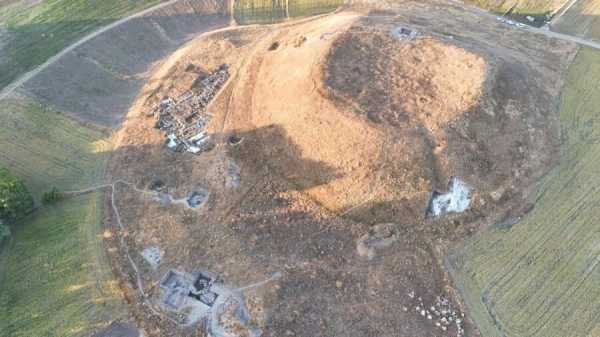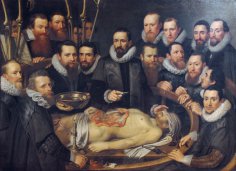The remains were discovered at the Uşaklı Hüyük archaeological site and may provide clues to Hittite burial traditions.

University of PisaArchaeological work at the Uşaklı Hüyük site where child remains were discovered.
According to the University of Pisa, which is participating in the project, the 2025 excavations have expanded the research area around the previously identified Round Structure. Scientists have focused on studying new sectors of the structure, which dates back to the Hittite domination in the 2nd millennium BC.
Despite the signs of long-term use of the structure, the key find was the remains of children. A baby tooth was found in the soil covering one of the pavements of the site.
This turned out to be just the beginning. Later, scientists found a nearly complete skeleton of a baby and fragments of five more children. Traces of ceramic items, ash deposits, and animal bones were found near them.
“These are not burial pits, but purposeful burials,” said Anacleto D'Agostino, co-author of the project, in an interview with La Brújula Verde. “The context shows a special attitude towards children in Hittite culture that is not reflected in written sources.”
Ancient Near Eastern societies typically buried children separately. Practices varied across cultures, but they were generally not placed in communal cemeteries. Sometimes the remains were preserved in homes or ritual sites.
Scientists admit that the Round structure could have served as a cult center, where children whose lives were cut short in infancy were buried in a special way.
Further research is needed to confirm this hypothesis. However, it is likely that there was a direct connection between the ancient structure and the children's burials.
New data may support the theory that Uşaklı Hüyük is the lost city of Zippalanda.
Sourse: www.allthatsinteresting.com





